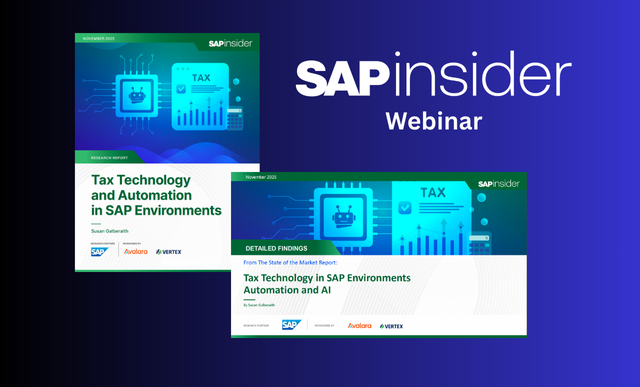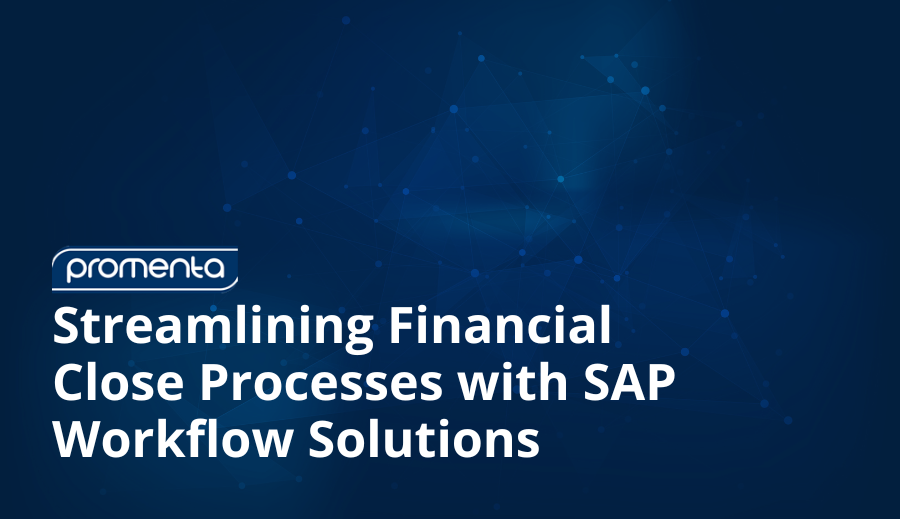Migrating to SAP S/4HANA is complex. When tax is an afterthought, the risks are even higher. RISE and GROW offer consistent and accelerated approaches to cloud adoption, but too often, tax and tax data are not included in migration planning until post go-live. Tax is critical to include up front in the planning process. Not doing so can lead to audit exposure, fines, penalties, and reputational damage.
Including the Vertex O Series cloud-native tax solution early in the migration ensures tax isn’t an afterthought. Paired with the RISE and GROW programs it enables an IT-aligned strategy that helps ensure regulatory confidence. Vertex O Series integrates seamlessly with SAP S/4HANA delivering real-time tax calculation, indirect tax management, and automated compliance. A standardized connector to SAP S/4HANA and automated mapping tools simplify tax migration even in complex scenarios across industries and geographies.
Tax professionals can drive their case to include tax early in SAP S/4HANA migrations by building urgency with GRC professionals. To do this:
- Use real-world examples in the organization and share the compliance risks and costs associated with post-migration approaches that later require remediation.
- Position tax transformation with broader project KPIs and objectives (e.g., real-time reporting, cross-business visibility).
- Finally, proactively participate in migration readiness activities to help ensure tax is included in risk assessment.
What this Means for SAPinsiders
In this year’s SAPinsider Global Tax Management Report 45% of respondents shared that integration with a global tax engine is a pain point. Ensuring tax is included early in SAP S/4HANA migrations is critical. In addition to the remediation work necessary when tax is an afterthought in these projects, there is missed opportunity cost. Real-time tax calculations and reporting can improve cash flow forecasting. In regions with complex tax regimes (e.g., Brazil) an integrated tax engine can optimize VAT recovery and reduce overpayments.
Here are some suggestions for each phase of the SAP S/4HANA migration:
- Plan & Scope with Tax in Mind: Ensure tax is a part of initial discovery and planning for migration. Collaborate across Finance, Tax, IT, and GRC to ensure requirements for indirect tax, global compliance, and reporting are included. Plan time for tax data mapping, including data cleansing, to ensure tax determination and reporting is accurate at go-live.
- Evaluate Integration Methods: Evaluate how the third-party tax engine integrates with SAP S/4HANA. Are there native APIs, certified connectors, or middleware? Ask what deployment paths are supported to ensure there are cloud and on-premises options.
- Design for the Future: Your business will grow, and tax requirements will evolve over time. Create a tax architecture that will keep pace with ongoing regulatory changes, new country mandates, e-invoicing and digital reporting mandates that are not known today.




